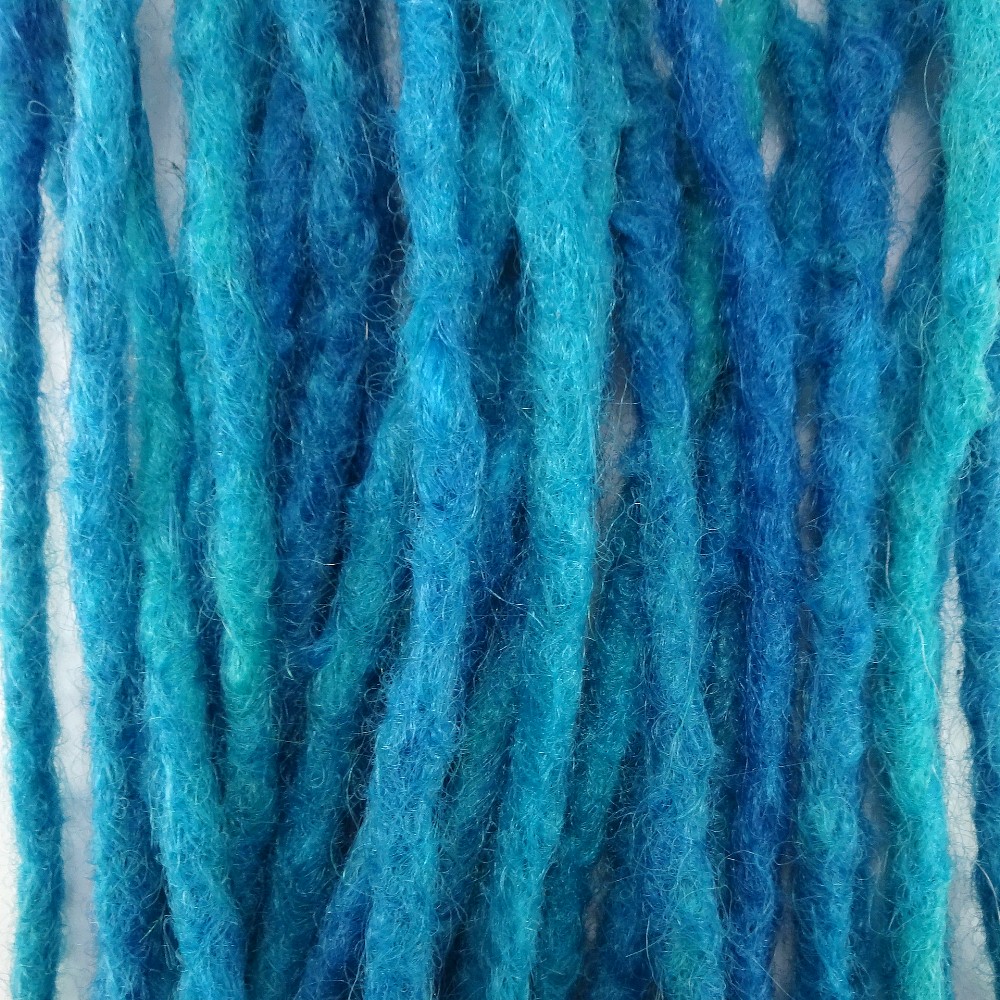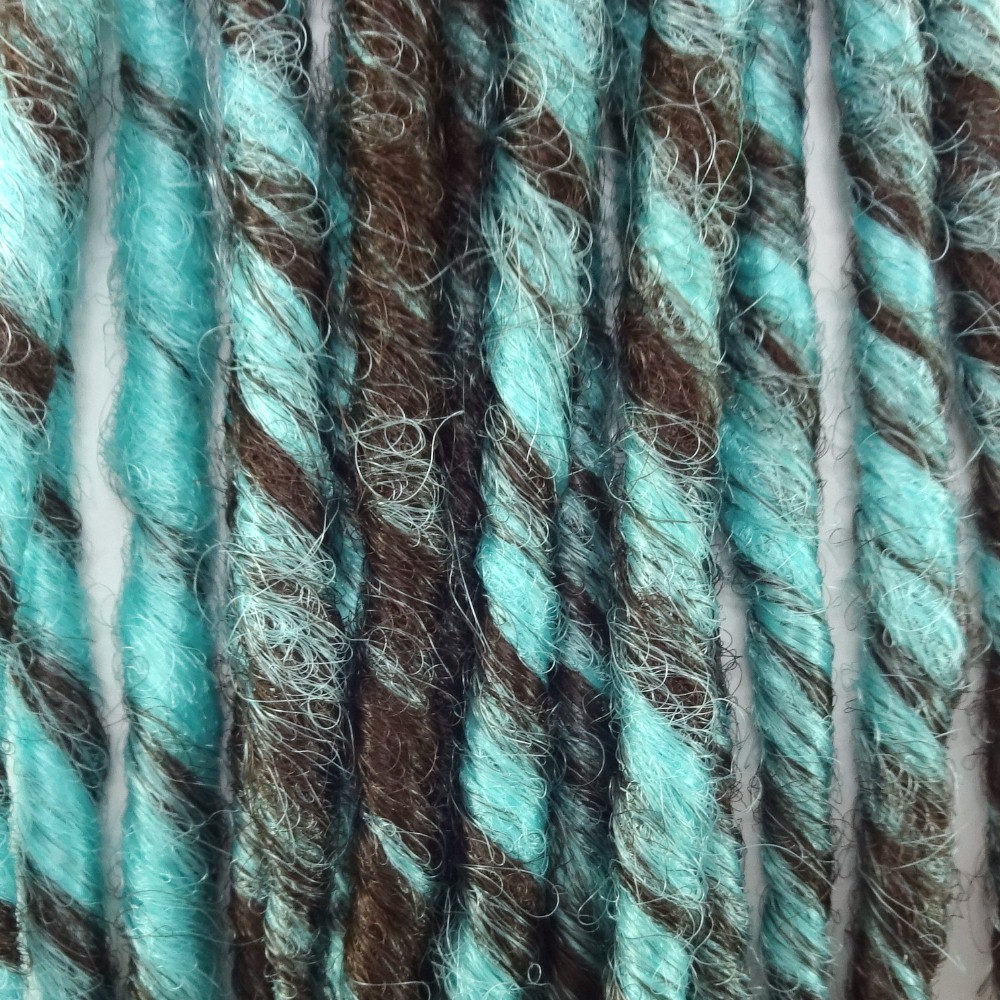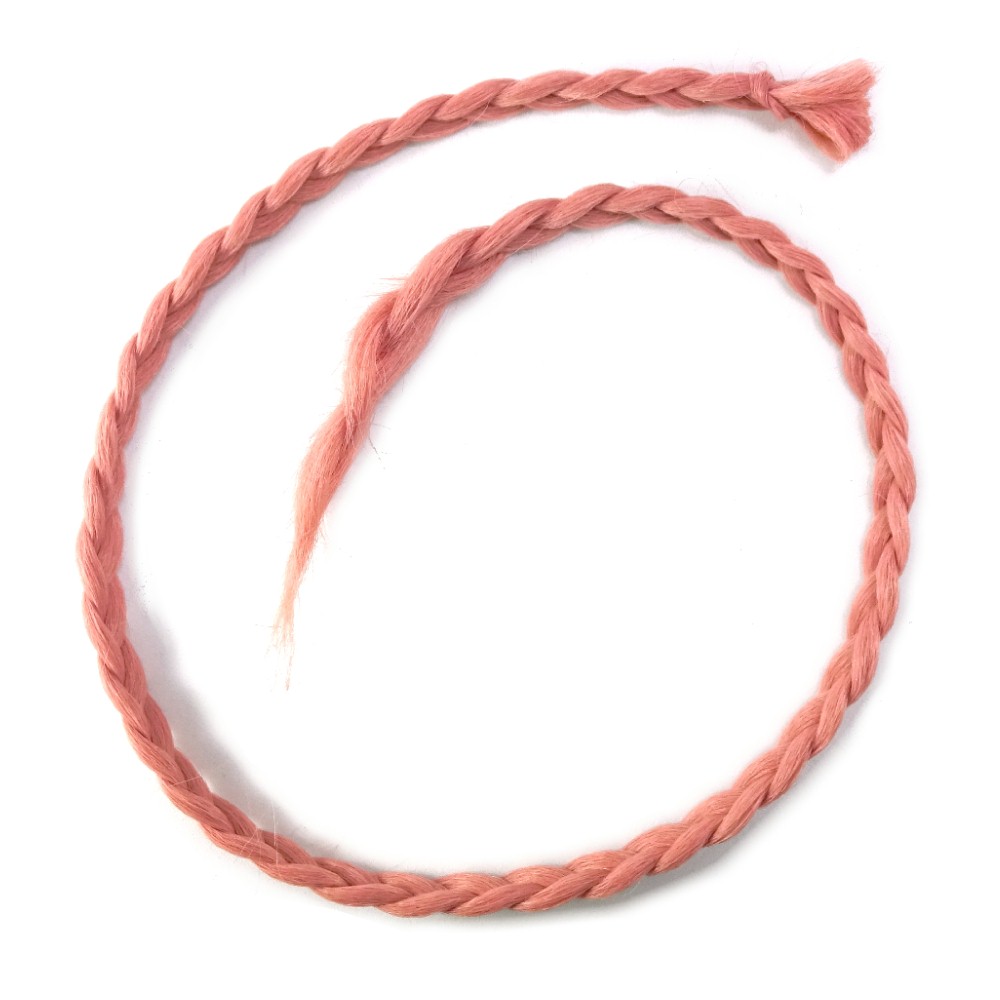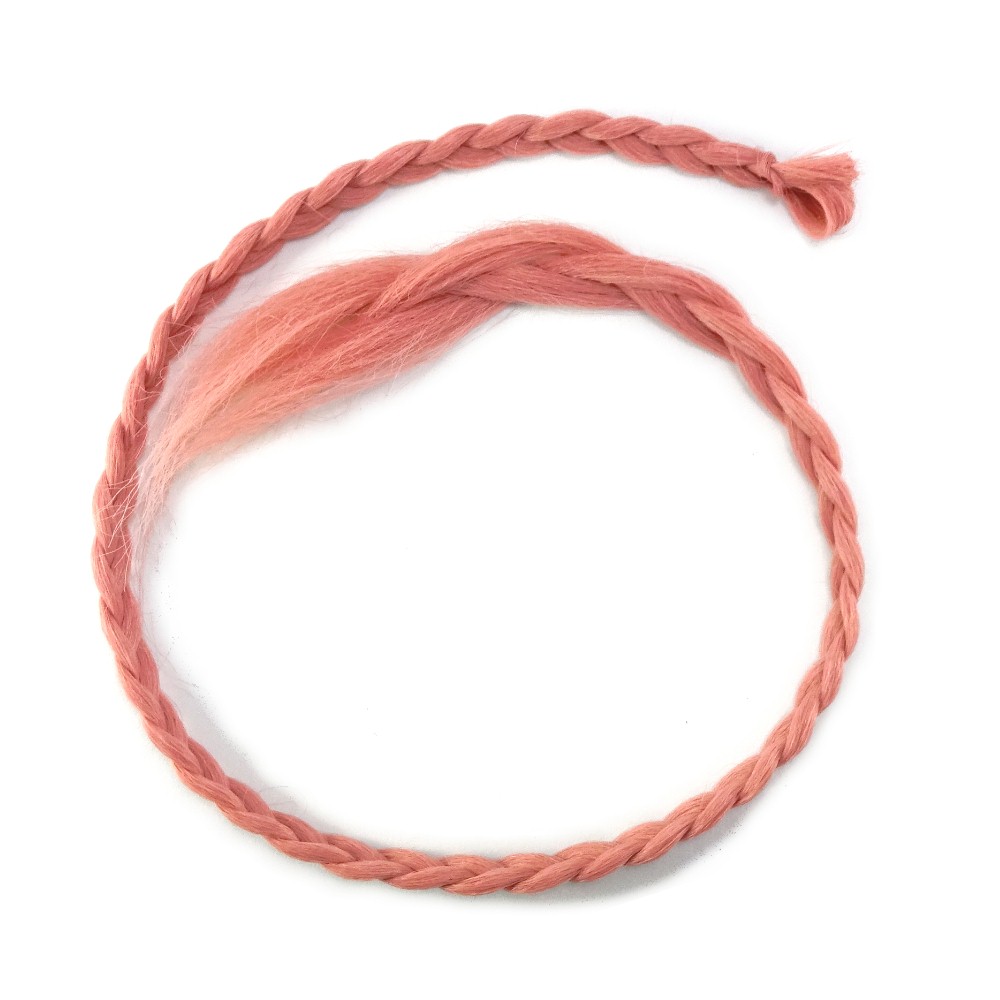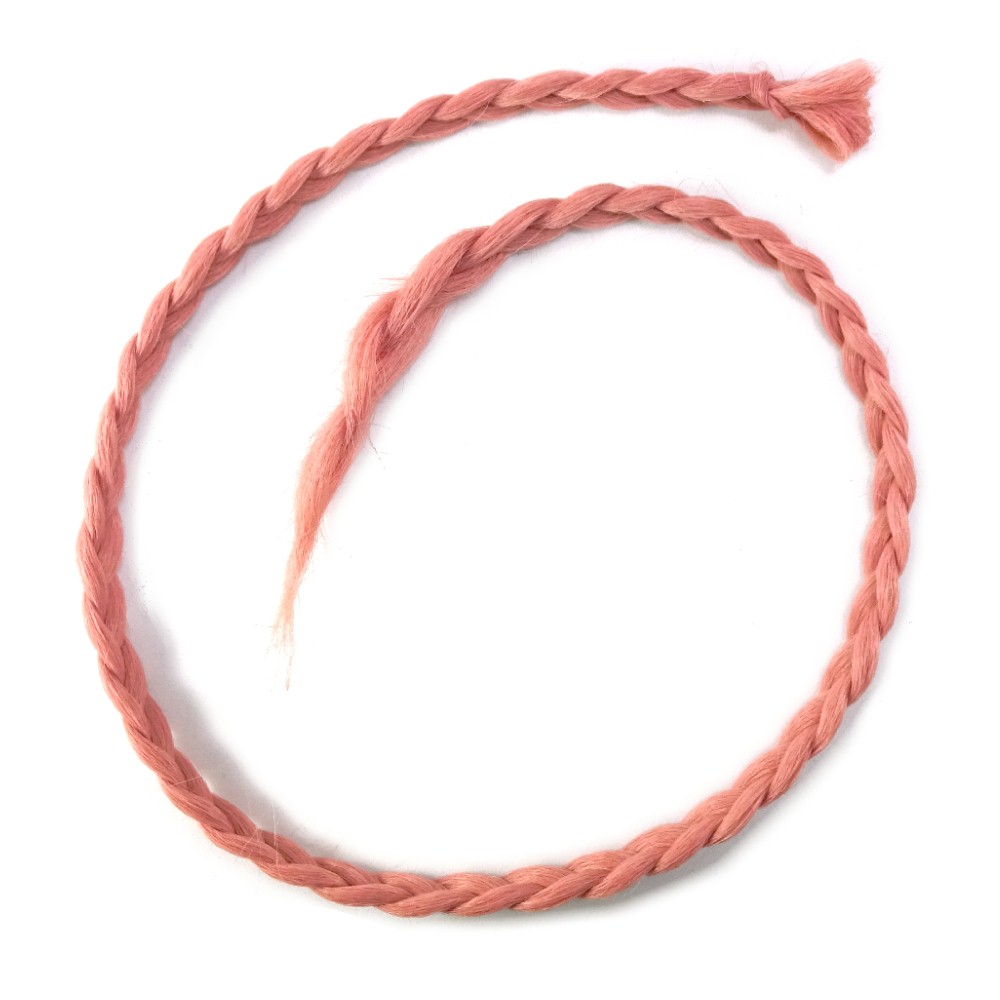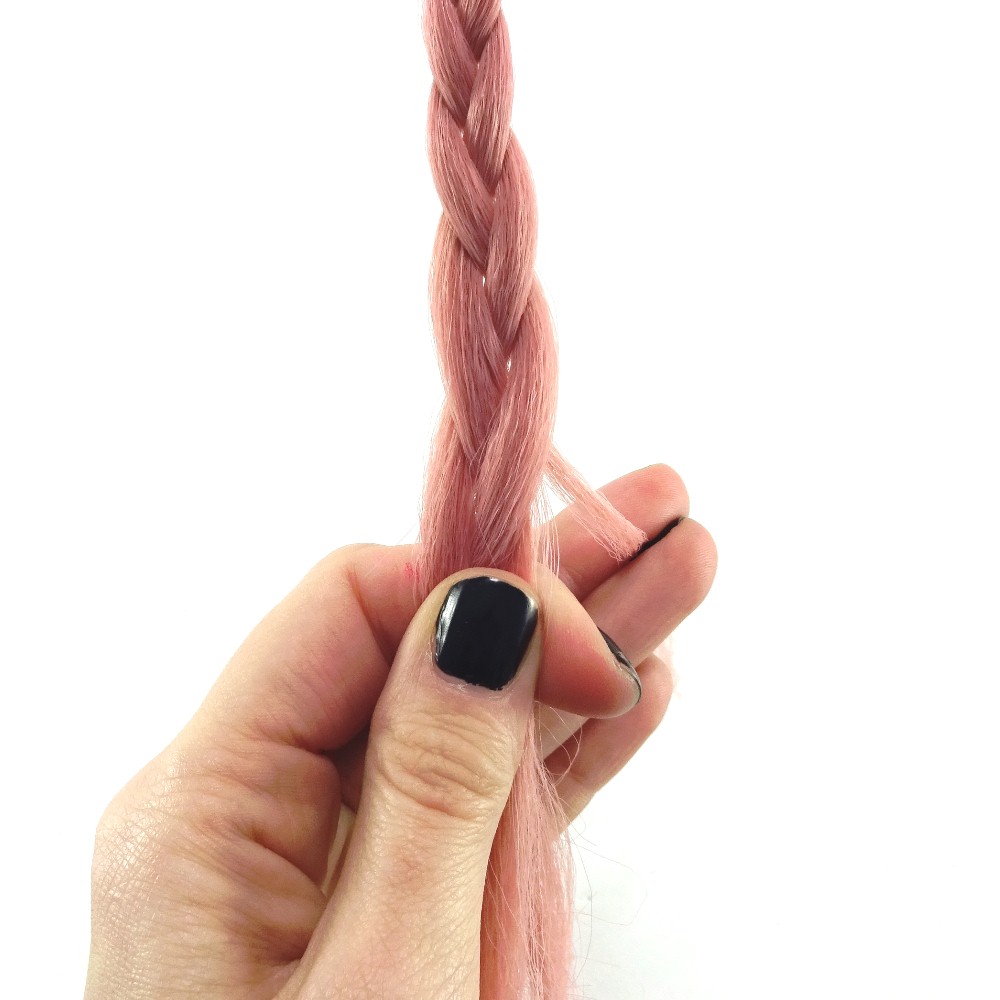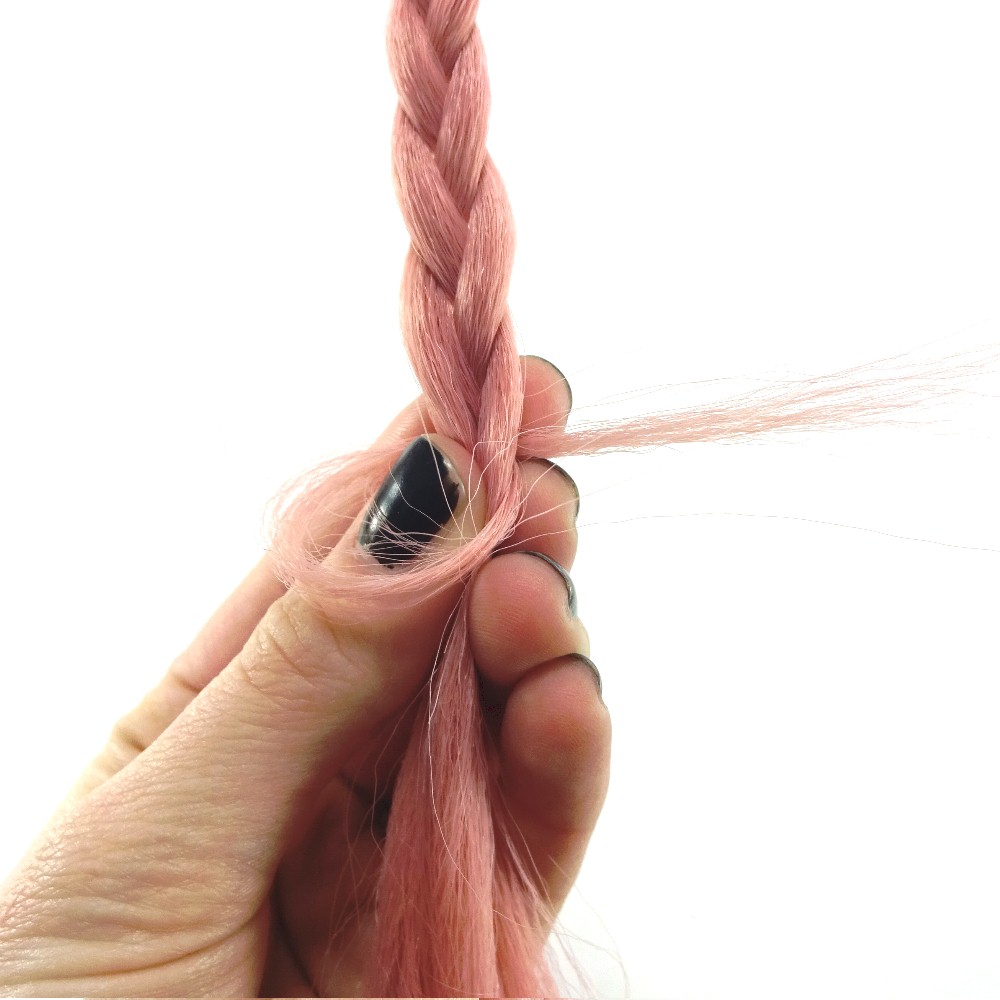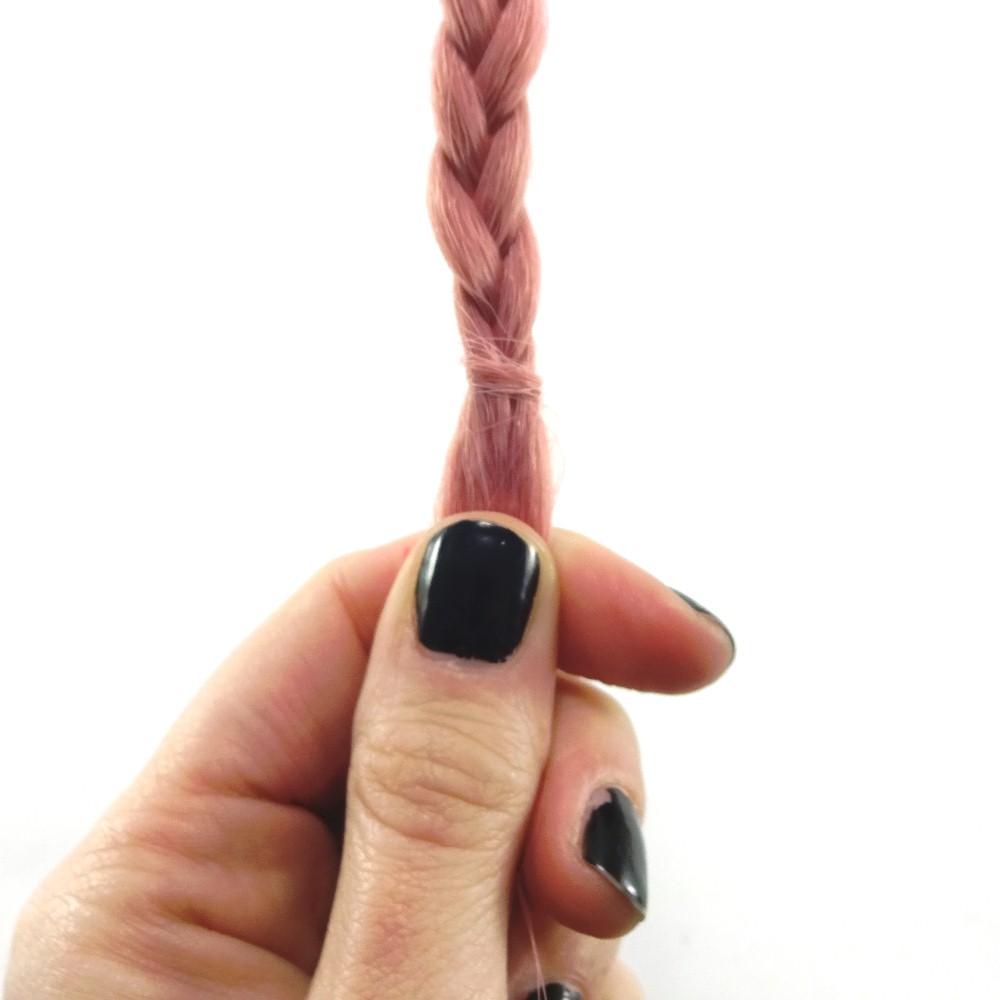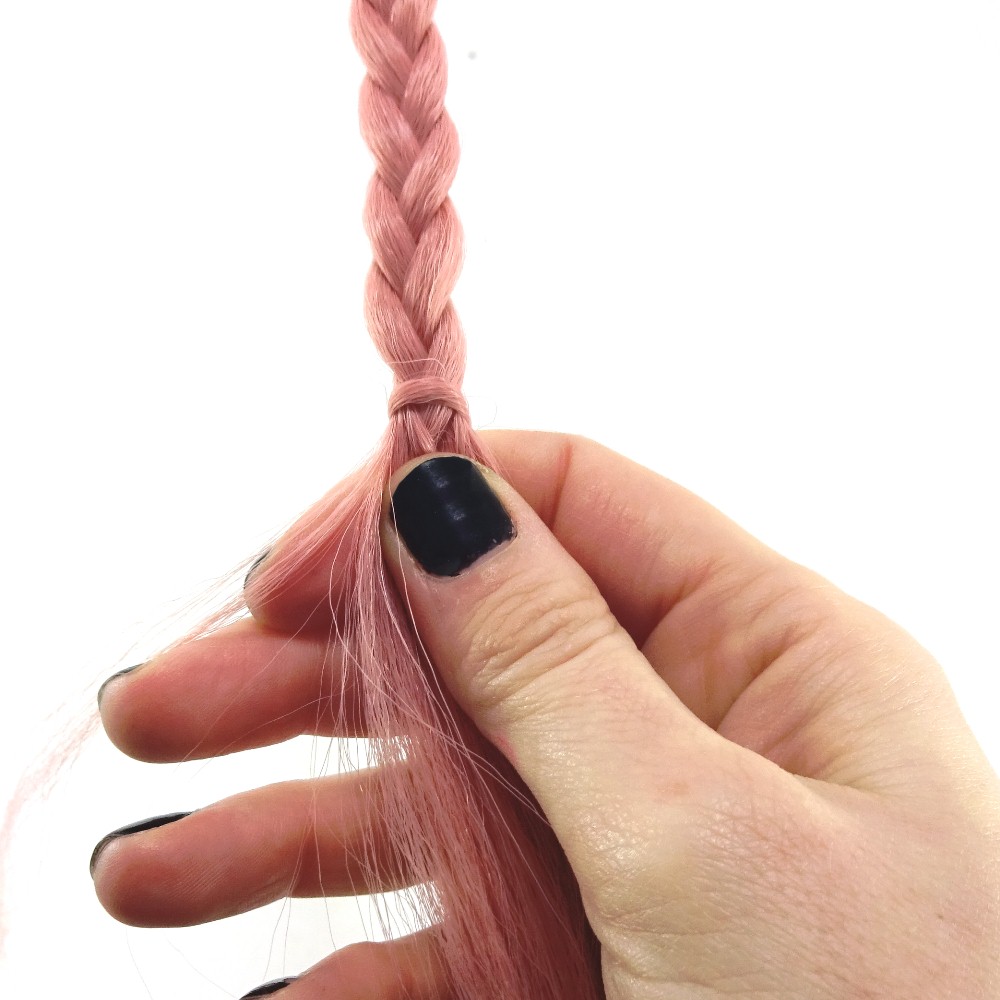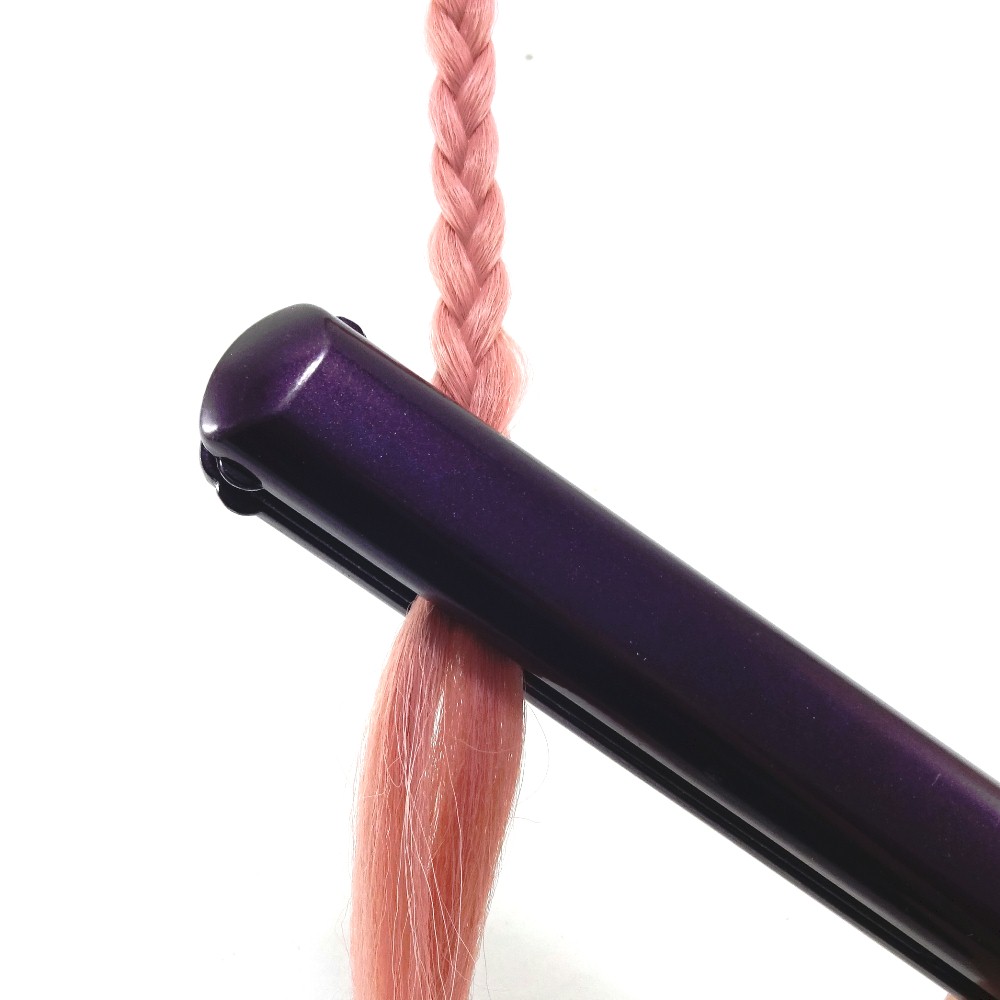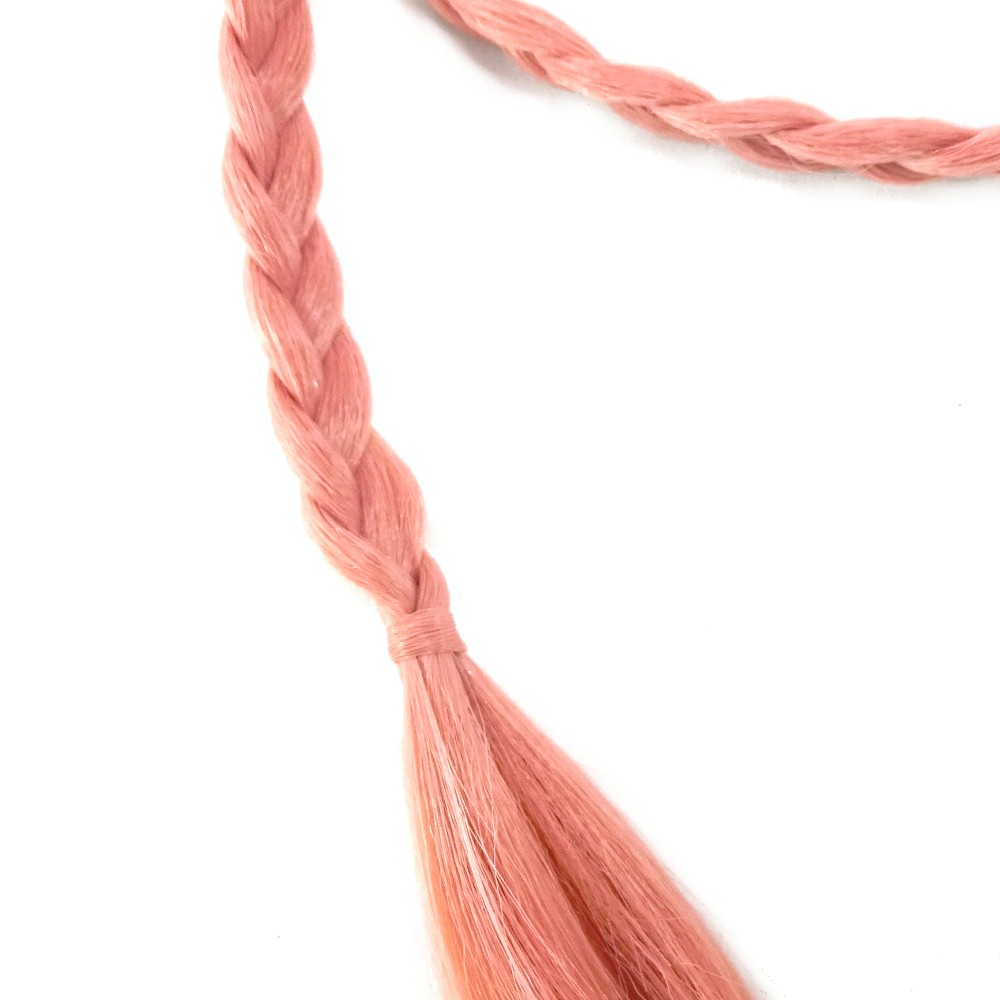Tips and Tricks: How to Seal High Heat Braiding Hair
Our high heat Festival Braid is made from heat resistant synthetic fiber that behaves very differently from kanekalon jumbo braid. It’s best suited for the kind of elaborate braided ponytail and pigtail styles that are popular at festivals and raves. If you’re willing to put in some extra work and settle for a looser seal, it can sometimes work for box braids or synthetic dreads as well.
First things first: high heat fibers like our Festival Braid do not seal easily and do not shrink down when they are sealed. If you want braids that are easily dipped or are planning to make dreads that rely on shrinking to hold their shape, it’s best to stick with kanekalon jumbo braid.
|
High heat is fine for this style. |
High heat will not work well for this style. |
Festival Braid comes in a lot of colors that kanekalon jumbo
braid doesn’t. If you think that color variety might be worth the hassle of
working with a more difficult fiber, read on!
These methods will also generally work for other types of high heat hair, such as Glow Braid.
The tinsel that's blended into Sparkle Braid doesn't handle dry heat very well, so we recommend avoiding hot tools like curling irons or straighteners on it. We do not recommend the "Straightener" and "Knotting the Ends" methods below for Sparkle Braid.
Rubber Bands or Thread
This one’s good for braids and is guaranteed to work every time. If you don’t want to troubleshoot and test various methods, tying off the ends of your braids with rubber bands or thread is your best option.
Boiling Water
Some of our customers have had luck with boiling water, but it generally isn’t hot enough to seal Festival Braid. It never hurts to try, but make sure to have a back-up plan in case it doesn't work out!
For braids, you’ll want to braid as far down as possible before boiling. Braids with loose hair at the ends will end up being puffy, and will look unsealed.
|
Braided all the way down to the ends. |
Not Ready to Seal |
If you do get the hair to set, it still won’t shrink down, so the end result will still be looser than braids or dreads made from kanekalon jumbo braid. Dreads made from high heat fibers also tend to be more squishy and springy than those made from kanekalon jumbo braid.
For sealing dreads, submerging them in a pot of water at a rolling boil will usually give better results than just pouring the water over them.
Straightener
This method can work for sealing the ends of braids, and will hold better if you stretch/feather the hair first. Turn your straightener to its lowest setting, and quickly and gently run it over the ends of the braid a couple times.
We do not recommend this method for dreads. The heat won’t penetrate the dread enough to set the inside.
Intense, dry heat can melt synthetic hair, so you should do a couple test braids before committing to finishing an entire install with this method. Festival Braid’s heat resistance varies a bit from color to color (in general, lighter colors are more resistant than darker ones). You will need to do a little trial and error to find the best setting on your straightener for this method to work, and you may need to change settings from color to color.
Sealing synthetics can be very hard on your straightener and will cause it to wear out faster than normal use. We recommend using a cheaper one; save the nice ceramic guys for your real hair!
The hair that's used as a base for Sparkle Braid has a heat resistance of 250°F (120°C), sometimes higher. Boiling water sometimes isn't quite hot enough to seal Sparkle Braid, and Sparkle Braid does not shrink down like regular kanekalon. It will stay quite soft even when it's set.
We do not recommend using this method on products that contain tinsel, like Sparkle Braid.
Straightener + Wet Cloth
This method is most commonly used for sealing synthetic dreads, but you can also use it on the ends of braids. You can find a detailed photo tutorial on this sealing method here. Please note that the tutorial shows dreads made from regular, low heat kanekalon jumbo braid, which shrinks when it's sealed. High heat braiding hair will not shrink.
This method will produce a very hot puff of steam, so it’s best to wear gloves while you work, and you should only use this method on extensions prior to installing them. Don’t do it on regular box braids that are on your head.
This method will wear out your straightener quickly, so again, it’s best to go with a cheaper one that you don’t mind having to replace.
Knotting the Ends
High heat braiding hair tends to be on the slippery/slinky side, so this method won't do much on its own. However, it's a great way to add a little more security to the ends of braids that are sealed with other methods. It's also a good option if you like to leave a few inches of loose hair at the end of your braids.
Because this method uses a straightener, we do not recommend it for Sparkle Braid.
|
Step 1: Braid the hair like you normally would. |
|
|
Step 2: When you get down to the ends, pull a tiny strand from one side. |
|
|
Step 3: Wrap that strand loosely around the end of the braid, then pull the end through the loop you just made. |
|
|
Step 4: Pull it the end of the strand through the loop until the loop is tight around the end of the braid. |
|
|
Step 5: Pull another strand from the opposite side of the braid and repeat Steps 2-4. |
|
|
Step 6: Seal the wrapped portion and the ends of the braid with your preferred method. In the photo, we've used a straightener on low heat to seal. |
|
|
Finished Product: Sealed high heat braids with loose, straight ends. After sealing the wrapped portion, we ran the straightener lightly over the loose ends to straighten them a bit. |
|


